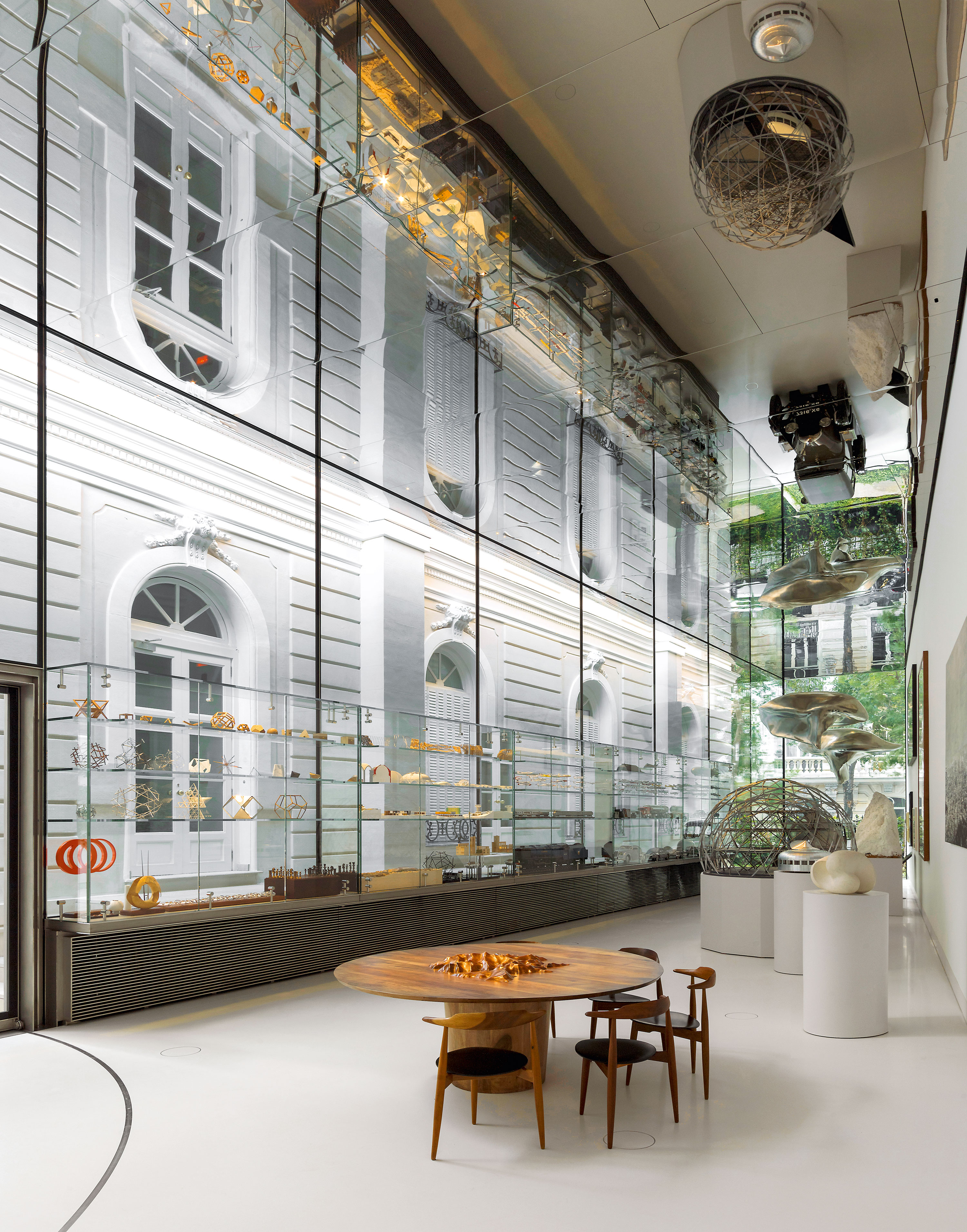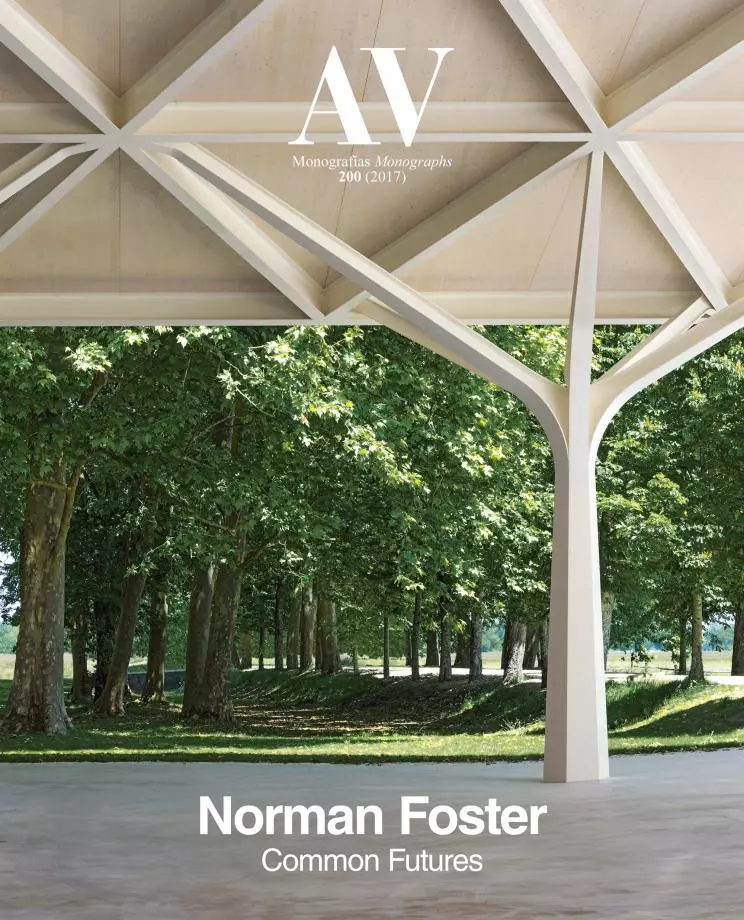Common Futures

Founded in 1985, AV reaches issue 200 a third of a century later. This anniversary coincides with the release of Arquitectura Viva 200, and if to these figures we add two dozen books and more than 80 issues of AV Proyectos, the family of publications AV/Arquitectura Viva exceeds 500. This mark is met at the same time as the launch in Madrid of the Norman Foster Foundation, a key event in the cultural life of the city, and this happy circumstance encourages us to devote this issue to the recent work of the architect, commented by an exceptional group of authors who celebrate and contextualize his career. This is the fourth AV on Foster, after those of 1992, 1999 and 2013, but the first where the approach is narrative rather than documentary, and indeed close to a Festschrift.
Located in the Palace of the Duke of Plasencia – a building of 1914 by Joaquín Saldaña in the French Belle Époque style then in vogue, and later Turkish Embassy and a bank headquarters – the Foundation contains the drawings, notebooks and models of the architect, but also artworks, cars and objects that have inspired him, housed in an exquisite glass pavilion of his design that offers a light, weightless contrast to the mass of the palace. The two pieces serve as exhibition space and archive facilities, but will also support the research, educational and communication programs of an institution that can become an influential think tank in the fields of architecture, design and technology, as evidenced at the recent presentation Forum held by the Foundation in Madrid’s Teatro Real.
If the Norman Foster Foundation’s first project was the Droneport raised in the latest edition of the Venice Biennale, its first exhibition is held at the Telefónica building in Madrid, a work of 1929 by Ignacio de Cárdenas and Lewis S. Weeks that was one of the first skyscrapers in Europe and an example of technological innovation. The show at Fundación Telefónica features the twelve projects presented here, and relates them with previous proposals of the architect to underline the continuity of his essential concerns: the will to anticipate the future, the confidence in technology and the determination to break down physical and social barriers. In those common futures cross the paths of an architect who built his first work over half a century ago and a family of magazines that celebrate having reached the 500 mark.
Luis Fernández-Galiano






